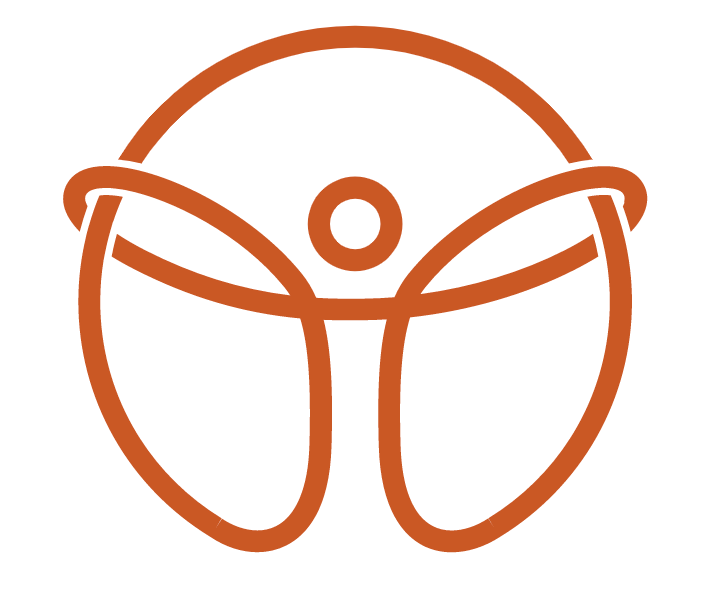Unveiling the Crucial Role of Sciatic Nerve Mobility in Pain Management and Injury Prevention
The sciatic nerve, often overlooked until it becomes a source of discomfort, plays a pivotal role in our mobility and overall well-being. Originating from the lower back, extending down through the buttocks, and branching out into the legs, the sciatic nerve is the longest nerve in the human body. Its significance lies not just in its length but in its function, as it serves as the primary conduit for sensory and motor impulses between the lower limbs and the spinal cord. However, when its mobility is compromised, it can lead to a range of issues including pain, restricted range of motion, and heightened risk of injury.
Pain stemming from the sciatic nerve, known as sciatica, is a common ailment that affects millions worldwide. It typically manifests as a sharp, shooting pain that radiates along the path of the nerve, often extending from the lower back through the buttocks and down one leg. This discomfort can be debilitating, hindering mobility and diminishing quality of life. Moreover, restricted mobility of the sciatic nerve can contribute to muscle tightness, joint stiffness, and imbalances in the lower body, further exacerbating pain and limiting movement.
Understanding the importance of maintaining optimal sciatic nerve mobility is key to managing pain, enhancing range of motion, and reducing the risk of injury. One effective approach to improving sciatic nerve mobility is through targeted exercises such as sciatic nerve flossing and neural dynamics.
Sciatic nerve flossing involves gentle, repetitive movements designed to mobilize the nerve and alleviate tension along its pathway. To perform sciatic nerve flossing, start by sitting down with a tall posture and affected leg extended. Secondly, flex the knee of the affected leg underneath the table or chair, while slowly rounding out your back tucking your head and chin . Once you feel a gentle stretch along your back, slowly rise to an upright posture in your torso and extend the leg back out while pulling the foot in toes towards you. Repeat this movement for several repetitions, gradually increasing the range of motion as tolerated. This rhythmic stretching and releasing motion can help to free up adhesions and improve the flexibility of the sciatic nerve. A video of this exercise exists on our instagram and youtube channel linked (here and here)
Neural dynamics, also known as neural gliding or nerve mobilization, involve controlled movements aimed at releasing tension and improving the sliding ability of nerves within their surrounding tissues. These exercises typically incorporate a combination of joint movements and neural tension techniques to promote neural mobility. For example, seated hamstring stretches combined with ankle dorsiflexion can help to mobilize the sciatic nerve while simultaneously stretching the muscles of the posterior chain.
In addition to specific exercises, incorporating lifestyle modifications such as maintaining good posture, staying active, and practicing stress-reducing techniques can also support optimal sciatic nerve health. Avoiding prolonged periods of sitting, which can compress the nerve, and implementing ergonomic adjustments in work and home environments can help alleviate pressure on the sciatic nerve and prevent exacerbation of symptoms.
It's important to approach exercises for sciatic nerve mobility with caution and consult with one of our professionals before beginning any new regimen, especially if experiencing severe or persistent symptoms. While targeted exercises can be beneficial, they should be performed mindfully and within one's individual tolerance level to avoid exacerbating existing issues.
Prioritizing the mobility of the sciatic nerve is essential for managing pain, enhancing range of motion, and reducing the risk of injury. By incorporating targeted exercises such as sciatic nerve flossing and neural dynamics into your routine, along with adopting healthy lifestyle habits, you can support optimal nerve function and improve overall well-being. Remember, taking proactive steps to care for your sciatic nerve today can lead to a more comfortable and active tomorrow.

